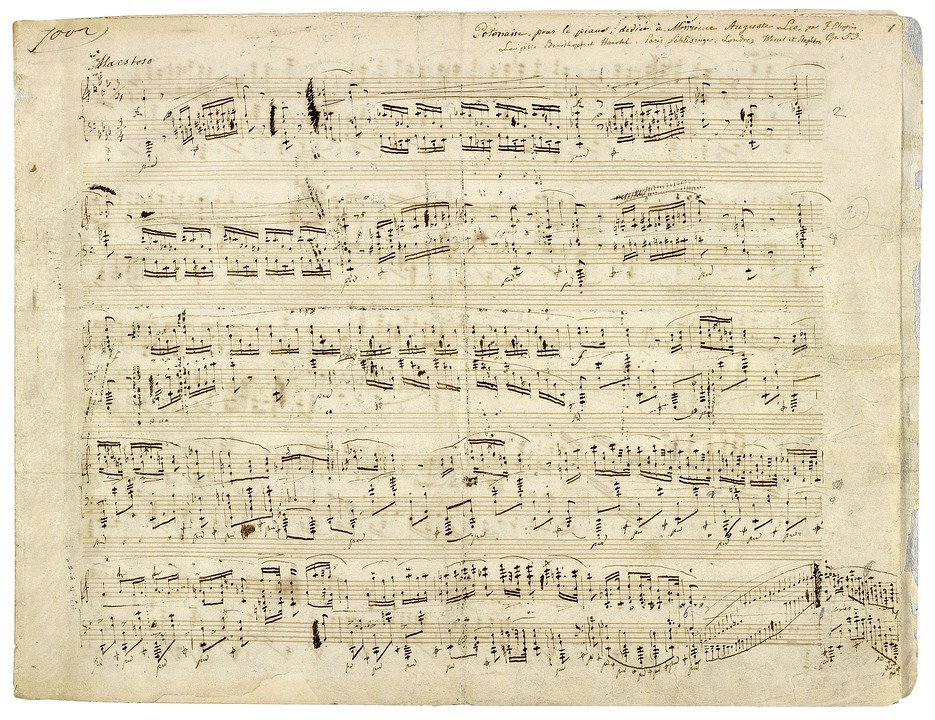Description
In the world of music production, the quality of sound is paramount. BandLab offers a range of tools to help you achieve the best audio quality for your tracks. One crucial aspect is adjusting the Hertz (Hz) settings, which can significantly impact your sound. This guide will walk you through the steps to change the Hertz settings in BandLab for optimal sound quality.
Understanding Hertz and Its Importance in Music Production
Hertz (Hz) is a unit of frequency that measures the number of cycles per second of a sound wave. In music production, it is essential because it directly influences the sound quality and clarity of your recordings. The higher the Hertz, the more detail and richness you can capture in your audio tracks. For instance, a sample rate of 44.1kHz (44,100 Hz) captures audio in great detail, which is why it is a standard in the industry.
When producing music, especially in a digital environment like BandLab, understanding how to adjust your Hertz settings can lead to better sound quality. This is particularly important for genres that require high fidelity, such as classical or jazz music, where every nuance matters. Lower frequencies may sometimes be preferred in certain genres, but overall, a higher Hertz rate often provides a more polished sound.
Accessing BandLab’s Settings
Before making adjustments to the Hertz settings, you need to access the settings menu in BandLab. Start by logging into your BandLab account. Once logged in, navigate to the top right corner of the screen where you will find your profile icon. Click on it to reveal a dropdown menu.
From the dropdown menu, select “Settings.” This will take you to the general settings page where you can manage various aspects of your audio experience. Understanding how to access this menu is crucial for making any adjustments to your Hertz settings smoothly and efficiently.
Changing the Sample Rate in BandLab
Once you are in the settings menu, look for the audio settings section. This section typically includes options for adjusting your audio interface, input/output settings, and sample rates. The sample rate is the setting that directly correlates with Hertz. By default, BandLab often sets this rate to 44.1kHz, but you can change it based on your requirements.
To change the sample rate, click on the dropdown menu next to the sample rate option. You will see several options, including 44.1kHz, 48kHz, 96kHz, and potentially more. Higher sample rates like 96kHz are ideal for high-end audio production, especially if you are working with intricate soundscapes or recording live instruments. Select the sample rate that best suits your project’s needs, keeping in mind that higher settings require more processing power and storage space.
Understanding the Impact of Sample Rate on Sound Quality
The sample rate you select can dramatically influence the quality of your recordings. A higher sample rate means more data is captured per second, which results in greater audio fidelity. For example, if you are working on a project that involves orchestral music, you might want to opt for a higher sample rate to capture the subtleties of each instrument.
However, it’s essential to balance quality with practicality. If your computer’s processing power is limited, using a very high sample rate might cause latency issues or even crashes. In general, if you’re producing music mainly for streaming or casual listening, a sample rate of 44.1kHz is often sufficient. For projects aimed at high-quality production, consider using a sample rate of 96kHz.
Setting the Bit Depth for Enhanced Audio Quality
Along with the sample rate, the bit depth is another crucial setting that affects sound quality. Bit depth refers to the number of bits of information in each sample, which impacts the dynamic range and overall fidelity of your audio. In BandLab, you can typically find the option to change the bit depth within the same audio settings section where you adjusted the sample rate.
Common bit depths are 16-bit and 24-bit. A 24-bit depth is preferred for professional audio production because it allows for a greater dynamic range, meaning you can capture more subtle nuances in your recordings. This is particularly important for genres that rely heavily on dynamic contrasts, such as rock or classical music. Choose a bit depth that complements your sample rate for the best results.
Testing Your Settings for Optimal Results
After adjusting your Hertz settings, it’s essential to test your changes. Start by recording a short segment of audio. Play it back and listen carefully to the quality of the sound. Pay attention to areas that may sound muddy or unclear, as these can indicate that your settings may need further tweaking.
Additionally, consider using headphones or studio monitors that are known for their accuracy to ensure you are hearing the true quality of your audio. If you find that the sound is not as expected, revisit your settings and make adjustments as necessary. Sometimes, experimenting with different combinations of sample rates and bit depths can lead to unexpectedly great results.
Saving Your Settings for Future Projects
Once you are satisfied with your Hertz settings, it’s a good idea to save them for future projects. BandLab allows you to save your settings, which can save you time in the long run. Depending on your workflow, you can set your preferred sample rate and bit depth as defaults, ensuring that every new project starts with optimal sound quality.
To do this, simply confirm the changes you made in the settings menu and exit. The next time you start a new project, your preferred settings should be in effect, allowing you to focus more on creativity rather than technical adjustments.
Conclusion
Changing the Hertz settings in BandLab is a straightforward process that can significantly enhance your audio quality. By understanding the importance of sample rates and bit depths, you can tailor your settings to suit the specific needs of your music production projects. Whether you’re working on a simple track or a complex composition, optimal settings will improve the clarity and richness of your sound.
Remember to always test your audio after adjustments and save your preferred settings for future use. With these steps, you are well on your way to producing high-quality music that stands out. Happy producing!
FAQs
What is the ideal sample rate for most music projects?
The ideal sample rate often depends on the type of music you are creating. For most projects, 44.1kHz is sufficient, especially for casual listening or streaming. However, for high-fidelity recordings, 96kHz is recommended.
Can I change the Hertz settings after I’ve started a project?
Yes, you can change the Hertz settings at any point during your project. However, be cautious, as changing settings mid-project may affect previously recorded audio tracks and their quality.
Does a higher bit depth mean better audio quality?
Yes, a higher bit depth allows for a greater dynamic range and better audio quality. For professional projects, 24-bit depth is preferred over 16-bit depth for capturing subtle details in sound.
How can I tell if my audio quality is good?
Listening critically is the best way to assess audio quality. Use good headphones or studio monitors to check for clarity, balance, and richness in your recordings. Additionally, consider seeking feedback from other musicians or producers.
Is it necessary to adjust Hertz settings for every project?
Not necessarily. If you often work on similar types of projects, you may find one set of settings works for most of your work. However, consider adjusting them based on the specific needs of each project for optimal results.

